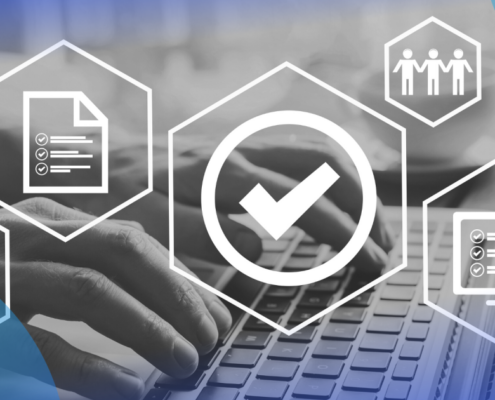
Your organization could have the best portal in the world but if your staff isn’t using it, you won’t enjoy the benefits. Therefore, creating long-term and sustained engagement is crucial. To help you keep your employees using your portal, here are 6 tips to create sustained portal usage.
Incorporate the portal into the onboarding process for new employees
The advantage with new employees is that they have no prior experience with legacy processes or systems. This allows organizations a fresh slate and set the expectation that the portal is to be used continuously. It is key to get new hires logged into the portal early in the on-boarding process so it becomes part of the day to day activity. Furthermore, these are internal systems that the new employee would not have experience with, so they need to be trained or they will find workarounds they are comfortable or reach out to other employees that use the legacy processes.
Ensure the system is designed to make lives easier
There will be some hesitation and/or resistance in adopting the portal system. The best way to ensure engagement over the long-term is that the portal is built with them in mind. A well-planned and executed portal will address more than surface concerns of a few stakeholders or a department. The portal needs to be the easiest and fastest place for employees to extract information and complete tasks. A slow, cumbersome, confusing, or outdated portal will lead to employees reverting to their old processes.
Make it part of the day-to-day
For the best return on investment, organizations should focus on increasing the productivity of daily tasks. If the portal only addresses tasks that are done on an inconsistent basis or with long gaps between, the employees may stick with traditional processes despite the improvements portals may bring. The reason being that the headache every so often is less of an inconvenience than learning a new system.
A way to make this part of the day-to-day is to ensure that information flows through the portal. For example, instead of emailing a coworker a document, direct them to use the portal. In this way, people will become accustomed of using the portal. Furthermore, this will ensure that all the content on the portal is kept up to date.
Organizations need to understand how their employees are using the system and the pain points they may face
Keeping the portal updated
Keeping the portal fresh is a key to keeping employees engaged. If materials, designs, user experiences, etc. become old; employees will become more frustrated and the usage will begin to drop.
Consider real-world rewards
This approach may not work for organizations for a variety of factors, like budget or management style. However, people are motivated by incentives and rewards. Consider incorporating rewards that equate portal activity to real-world benefits. Whether it’s something small, like a shout-out at the next team meeting, or a big prize like a half-day off or a group reward, anything that keeps the water cooler buzz focused on your portal is a good thing. This strategy doesn’t need to always be in place but can be adopted at the beginning of implementation or when usage begins to dip.
Ask for feedback
This is the most important tip with portal implementation. Organizations need to understand how their employees are using the system and the pain points they may face. Not only will addressing this feedback improve the usability of the platform, but the employees will feel listened to and that the organization wants to provide only the best tools for success.
A second area to get feedback from its analytics. Evaluate the performance and the journeys employees are taking within the system. You may discover areas that aren’t functioning as intended, important information may be hidden away, some parts may be slower than others, or there is optimization that can be made in certain processes.












